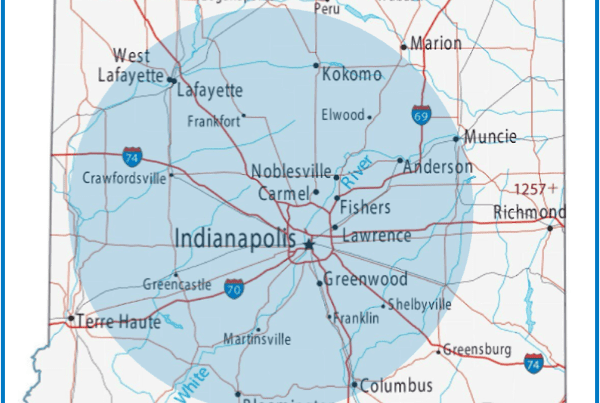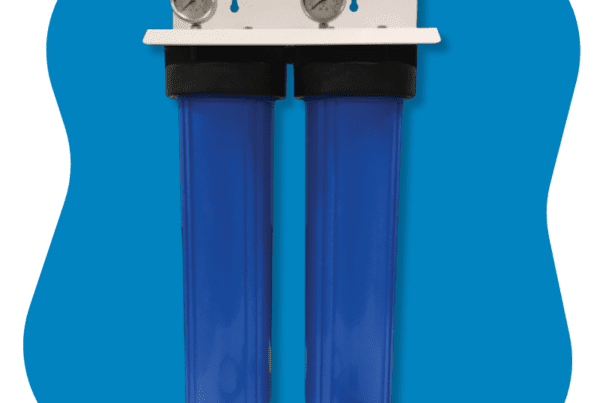Does the Water in Your Home Smell like Chlorine?
The first municipality used chlorine water in 1908. Today, the Environmental Protection Agency (EPA) requires the chlorination of all public water supplies in the United States.
Chlorine kills bacteria in drinking water. Although chlorine keeps your drinking water safe, it doesn’t have the most pleasant smell. The best way to reduce the smell of chlorine is by filtering your home’s water supply.
Here, we’ll talk about various ways of purifying your water, but first, let’s look at some of the causes of over-chlorinated water. Keep reading to learn more about why the water in your home smells like chlorine.
What’s That Smell?
You may notice a bleach or chlorine smell in your water supply. In either case, you’re smelling chlorine. More than likely, there’s a high level of chlorine in your tap water.
The amount of chlorine that the EPA recommends for keeping water safe is four milligrams per liter or less. However, you’ll start to smell chlorine in the water if there is one milligram per liter or more present in the water supply, so it’s not unheard of to smell chlorine in your water.
Municipalities add chlorine to the water supply manually. It disinfects our water supply and protects us from waterborne diseases.
This process takes place well before the water arrives at your home. As a result, the water that enters your home will always contain chlorine.
Once water arrives safely at your home, however, you no longer need the chlorine. It’s perfectly safe to filter the chlorine from your tap water before using it for drinking or cooking.
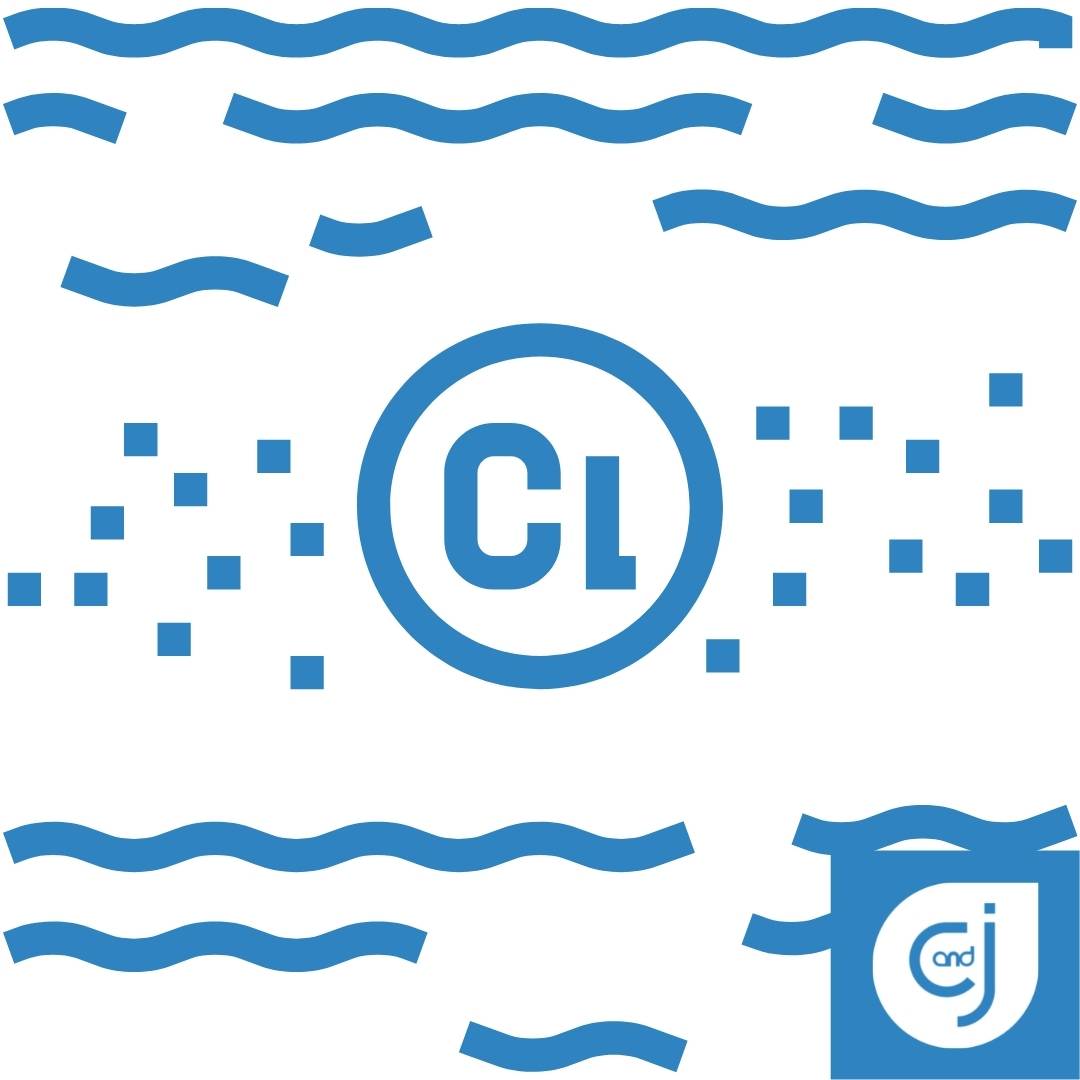 Is Chlorine Water Dangerous?
Is Chlorine Water Dangerous?
People use chlorine in many ways. Again, municipalities use it to disinfect your water. Public water companies also use chlorine to sanitize sewage and industrial waste.
Manufacturers also use chlorine to make goods such as cloth and paper. Here, they use it as a bleaching agent. Of course, manufacturers use chlorine in cleaning supplies, like bleach.
There are many other uses for chlorine. These applications might include:
- Pesticides
- Polymers
- Refrigerants
- Rubbers
- Solvents
As you can imagine, it would prove quite dangerous to consume some of these chlorine byproducts.
What Happens When You Ingest Too Much Chlorine?
The most dangerous chlorine exposure comes from its gas form. However, you could also face harmful exposure by consuming liquid chlorine contaminated food or water.
Chlorine can enter your body through breathing, swallowing, or skin contact. The chemical reacts with water. It will then produce acids.
Acids are corrosive. They damage cells when they come in contact with your body.
Again, the most dangerous chlorine exposure comes from inhalation. If you were to inhale a dangerous amount of chlorine, you might notice symptoms within seconds to minutes.
For example, you might notice airway irritation. You may also start to have difficulty breathing and start to wheeze.
You could also experience skin and eye irritation from overexposure to chlorine. It can also cause a tight feeling in your chest.
How Did It Get In My Water?
Your nose knows. If you smell bleach or chlorine in your drinking water, it’s because it’s there to cleanse your water of dangerous microorganisms.
Researchers are still debating whether chlorine in your tap water is unsafe. Some studies show that there’s a potential link between chlorinated water and various cancers.
When there’s chlorine in your water, it most certainly can prove unpleasant. What’s more, it can prove even harder to get your kids to drink a healthy amount of water if it smells like chlorine. Furthermore, it can prove unsafe.
The following entries offer a few reasons why you may suddenly notice the smell of chlorine in your tap water.
EPA Recommended Water Chlorination
The EPA establishes Surface Water Treatment Rules. All public water systems must follow these guidelines.
The guidelines recommend the injection of chlorine or chloramine into the water supply before routing it to homes and businesses. This practice reduces the threat of pathogens like Legionella and Cryptosporidium.
Municipal Water Shock Chlorination
Sometimes, a municipality will “shock” a water system with a disinfectant such as bleach. For instance, a recent storm or flood may have caused contamination. In that case, your municipality might shock the system with chlorine to eliminate pathogens that could potentially threaten the safety of your tap water.
 Chlorine Reaction to Organic Materials
Chlorine Reaction to Organic Materials
As time passes, algae, bacteria, and fungi grow in water supply lines and form a slimy material called biofilm. When this happens, the chlorine in the water supply creates a byproduct that produces a strong odor, which—in this case—you can usually eliminate simply by running your water for a few minutes.
Well Water Shock Chlorination
If you own a well, your chlorine water filter may inject the chemical into your water to eliminate pathogens. In this case, the chlorine odor may come from your filter.
Protecting Yourself From Chlorine
The smell of bleach or chlorine in your water supply could prove overwhelming. In that case, it’s quite possible there’s too much chlorine in your water. It’s a good idea to contact your local water company to find out if something’s wrong in this instance.
Still, there are proactive steps that you can take to improve your water quality. For instance, you could fill a pitcher with tap water and put it in the refrigerator. The chlorine smell will dissipate as the water cools.
You could also invest in a pitcher with a filter. You can even boil your water. Boiling your water will cause the chlorine to evaporate.
The best way to protect your drinking water supply, however, is to have a reverse osmosis filtration system installed in your home. This kind of system requires professional installation. Still, it’s relatively inexpensive.
You can also have a dechlorinator installed. A dechlorinator is a chlorine & chloramine removal system that will protect you and your home by improving the water quality. A dechlorinator uses catalytic carbon to remove both chlorine and chloramines. When paired with a water softener, a dechlorinator is an economical, whole-house catalytic carbon filtration solution for reducing chlorine and other bad tastes and odors.
You may also wonder if chlorine can damage your plumbing system. So far, there are no signs that chlorine can damage your home’s plumbing pipes.
However, that doesn’t mean that chlorine cannot damage other parts of your plumbing system. For instance, you’ll want to check any components made of plastic or rubber. These components may include:
- Faucets
- Showerheads
- Water appliances
- Water hoses
If you smell chlorine in your water, it’s a good idea to check these kinds of components in your home for corrosion.
 Long-Term Solutions for Chlorine Protection
Long-Term Solutions for Chlorine Protection
The water in your home can come from different sources. Depending on where you live, each water source can have different problems.
It’s a great idea to test the water in your home. Your water supply company may tell you that your water is safe. However, that doesn’t mean that your water’s as healthy as other options.
If you want to make sure your water is safe, the best solution is a whole home water treatment system. The following entries offer a few of the best examples of chlorine water treatment.
Reverse Osmosis
Reverse osmosis is the most powerful water treatment system that you can purchase for your home. It treats all kinds of water issues. For instance, it can remove heavy metals.
It will also treat organic and inorganic contaminants. Installing a reverse osmosis filtration system will ensure that chemicals like chlorine and fluoride are all removed from your water supply.
The best reverse osmosis systems have four or more stages. They route water through sediment filters and activated charcoal filters.
Reverse Osmosis and Chlorine Removal
The chlorine in your water supply may taste terrible—and it could prove unhealthy. Again, chlorine serves a purpose—up to a point. Once water gets to your home, it’s no longer needed.
Reverse osmosis is a type of dechlorinator that uses catalytic carbon. It removes both chlorine and chloramine.
As an aside, chlorine is corrosive for water softener beads. As a result, an all-home water purification system will also make your water softener work better.
UV Light Bacteria Removal
Ultraviolet (UV) light can destroy many kinds of microorganisms in water. It’s a way of purifying water without using chemicals.
If you own a well, UV light water purification is a viable option. It uses very little energy. In fact, it’s one of the most effective water purification options available for well owners.
Yet, ultraviolet light isn’t sufficient for purifying drinking water. If you need to purify your well water for drinking, you’ll want to use UV light purification alongside other filtering methods. For instance, you might use it along with a water softener and reverse osmosis filtration system.
Start Protecting Your Family With Clean Water Today
Chlorine water plays an important role in keeping your tap water safe. However, it isn’t necessary once water reaches your home.
The best way to ensure that your family is protected from dangerous chemicals in the water supply is by installing a reverse osmosis filtration system. A reverse osmosis water filtration system installed by C and J Water will remove chlorine from your water and other harmful contaminants that may be present, such as bacteria and heavy metals.
Contact C and J Water today at (317) 733-7638 or connect with us online to learn more about the perfect filtration system for protecting your family.


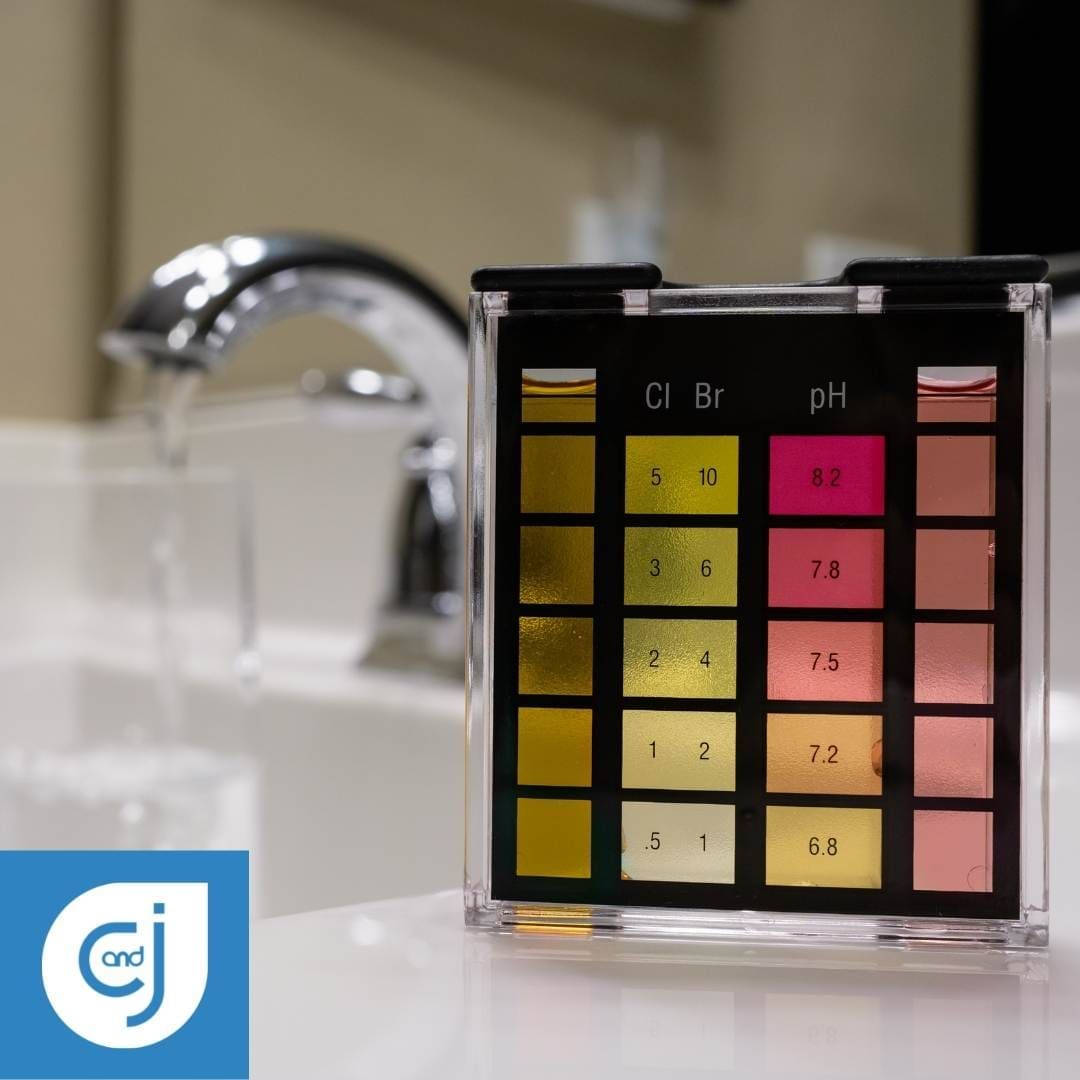 Chlorine Reaction to Organic Materials
Chlorine Reaction to Organic Materials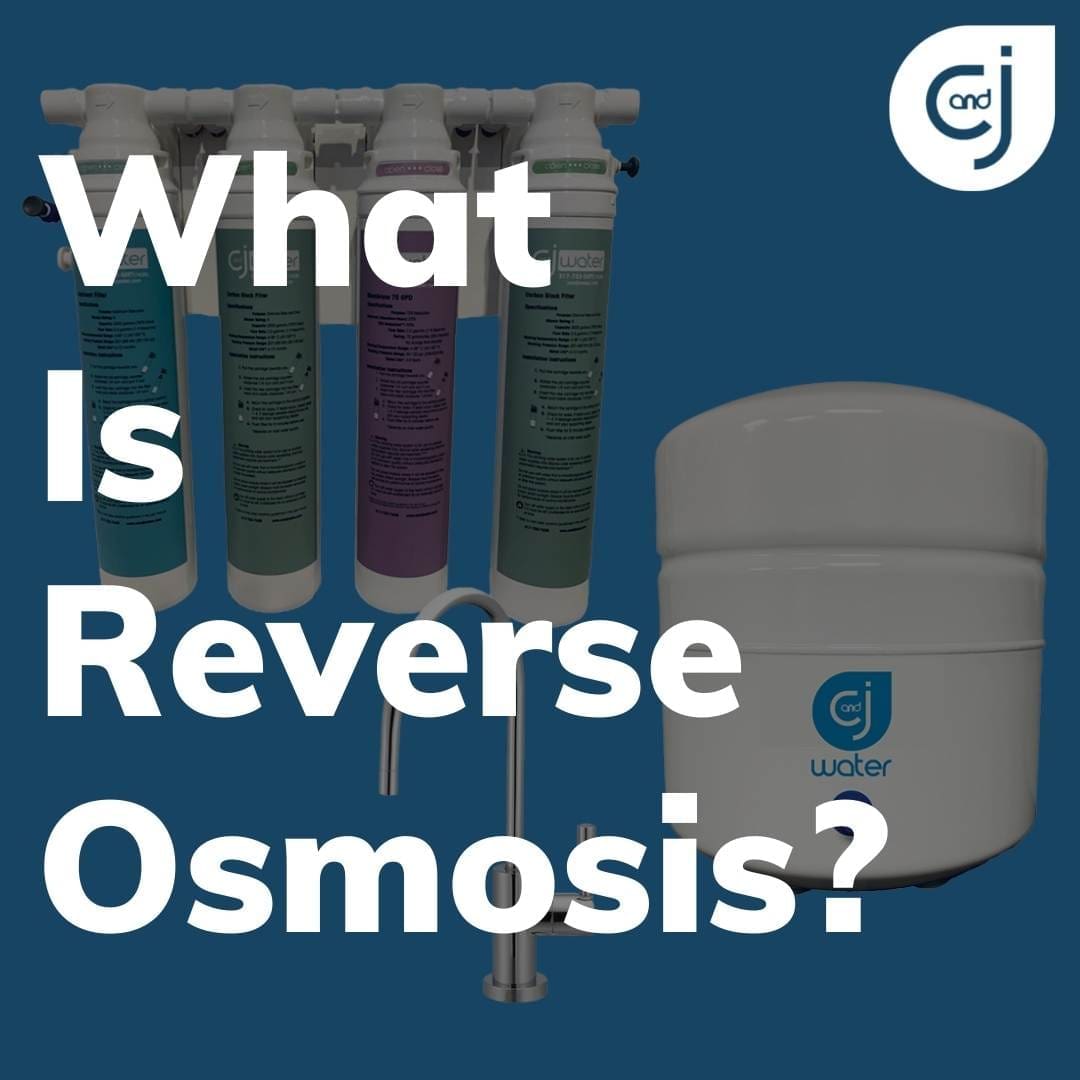 Long-Term Solutions for Chlorine Protection
Long-Term Solutions for Chlorine Protection